
Insomnia includes trouble falling aspeep and staying asleep.
The 3P Model highlights the main causes of insomnia: predisposing, precipitating, and perpetuating factors.
Address perpetuating habits like irregular schedules or using bed for non-sleep activities. Sleep aids can also help with predisposing and precipitating factors, which is why our combined approach is best.
Even if you’re not currently dealing with full-blown insomnia, understanding how sleep disruptions develop—and how to prevent them—can make a significant difference in your overall health and well-being. Many people experience occasional restless nights or trouble falling asleep, and while that may not seem serious at first, these minor disturbances can gradually snowball into more persistent sleep issues if left unaddressed. That’s why it’s important to learn how sleep problems evolve and what you can do to protect your rest before it becomes a chronic concern.
One of the most helpful tools for understanding the progression of sleep difficulties is the 3P Model of Insomnia, a widely recognized psychological framework that identifies the three main categories of factors that influence sleep: predisposing factors, precipitating events, and perpetuating behaviors. This model offers a simple yet powerful way to pinpoint what might be affecting your sleep today—even if you're just noticing subtle changes—and what might put you at risk in the future. Whether you’re someone who occasionally has trouble unwinding at night or just wants to safeguard your sleep as part of a broader wellness routine, the 3P Model can empower you with the insight and strategies you need to maintain healthy, restorative sleep for the long term.
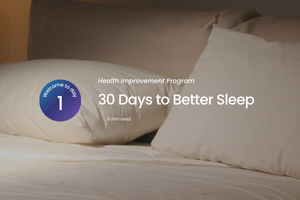
Insomnia includes trouble falling aspeep and staying asleep.
The 3P Model highlights the main causes of insomnia: predisposing, precipitating, and perpetuating factors.
Address perpetuating habits like irregular schedules or using bed for non-sleep activities. Sleep aids can also help with predisposing and precipitating factors, which is why our combined approach is best.
Even if you’re not currently dealing with full-blown insomnia, understanding how sleep disruptions develop—and how to prevent them—can make a significant difference in your overall health and well-being. Many people experience occasional restless nights or trouble falling asleep, and while that may not seem serious at first, these minor disturbances can gradually snowball into more persistent sleep issues if left unaddressed. That’s why it’s important to learn how sleep problems evolve and what you can do to protect your rest before it becomes a chronic concern.
One of the most helpful tools for understanding the progression of sleep difficulties is the 3P Model of Insomnia, a widely recognized psychological framework that identifies the three main categories of factors that influence sleep: predisposing factors, precipitating events, and perpetuating behaviors. This model offers a simple yet powerful way to pinpoint what might be affecting your sleep today—even if you're just noticing subtle changes—and what might put you at risk in the future. Whether you’re someone who occasionally has trouble unwinding at night or just wants to safeguard your sleep as part of a broader wellness routine, the 3P Model can empower you with the insight and strategies you need to maintain healthy, restorative sleep for the long term.

Insomnia is more than just difficulty falling asleep—it can involve a range of symptoms, such as:
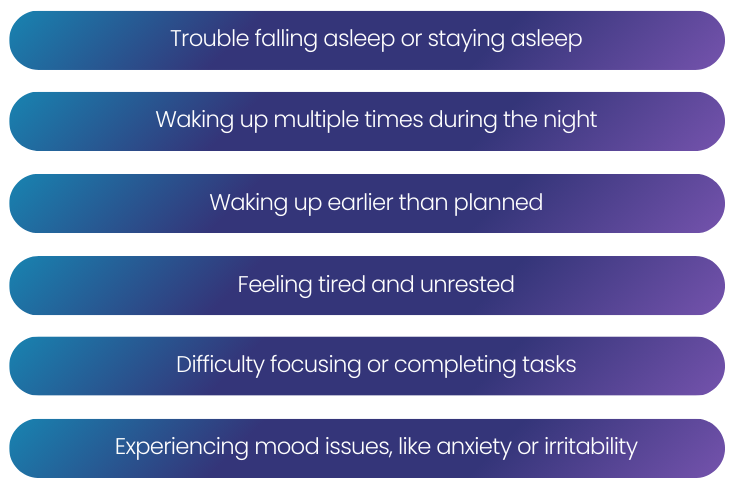
It’s important to understand that insomnia is rarely caused by just one thing. It’s often a combination of factors that, when stacked together, lead to sleep problems. Think of these as layers to a cake that stack up to ultimately impact your ability to fall asleep.
Insomnia is more than just difficulty falling asleep—it can involve a range of symptoms, such as:

It’s important to understand that insomnia is rarely caused by just one thing. It’s often a combination of factors that, when stacked together, lead to sleep problems. Think of these as layers to a cake that stack up to ultimately impact your ability to fall asleep.
The 3P Model breaks down insomnia into three key factors that can build up over time, leading to sleep problems:
1. Predisposing Factors:
These are factors that make you more vulnerable to insomnia. You might not even realize they’re affecting your sleep until something triggers them. Common predisposing factors include:
Muscle tension
Worrisome or anxious thinking
Poor sleep habits
Aging
Genetics
2. Precipitating Factors:
These are the events or circumstances that can trigger insomnia. These are usually temporary stressors that cause a disruption in your sleep for a short period of time. Examples include:
Major life changes (e.g., a new job, moving, or retirement)
Stressful events like family conflict or grief
Medical issues
A change in your daily schedule
Tip: If stress caused your sleep issues, it might improve on its own once the stressful situation passes. However, for some, these sleep issues continue long after the stressor is gone, often becoming chronic insomnia.
3. Perpetuating Factors:
These are habits and behaviors that continue to interfere with your sleep over time, keeping insomnia going. Some common perpetuating factors include:
Irregular sleep schedule
Spending excessive time in bed
Doing non-sleep activities in bed (like watching TV or working)
Sleeping in after a bad night’s sleep
Drinking too much caffeine or alcohol
Taking long naps during the day
Engaging in stimulating activities close to bedtime (like intense workouts or stressful tasks)
Constant worrying
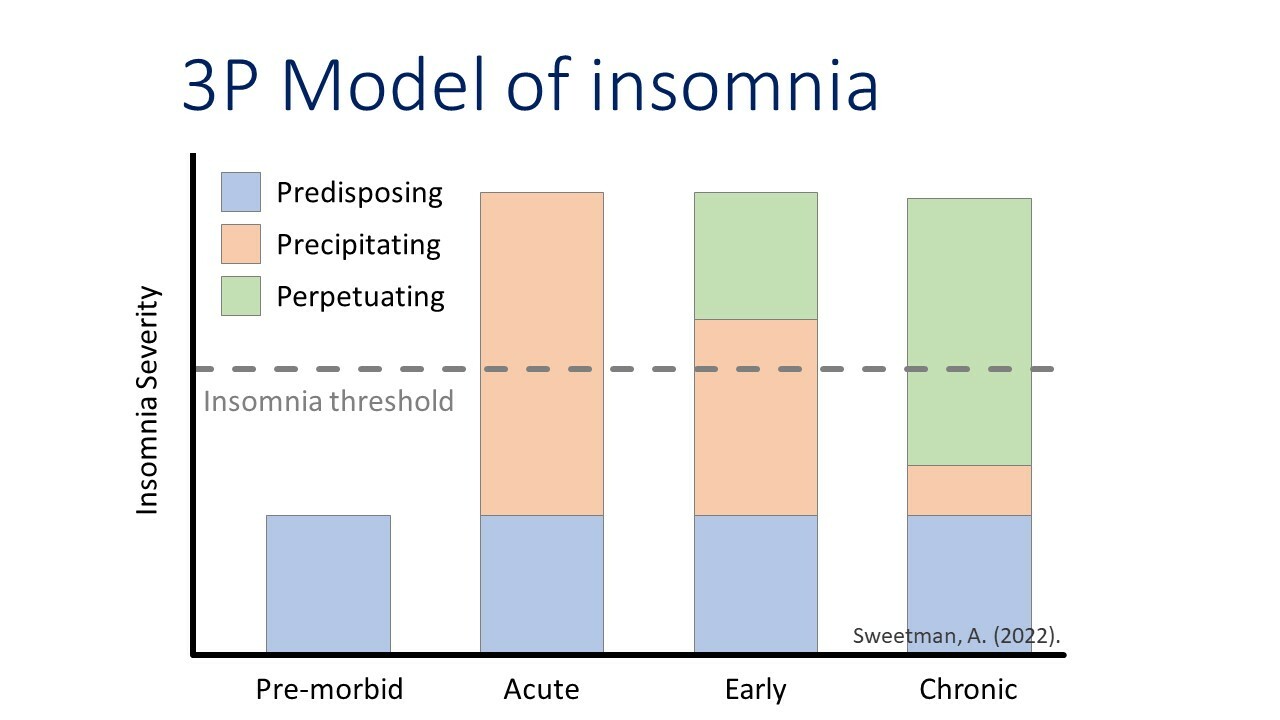
Sleep Primary Care Resources. (n.d.). Risk Factors and Development of Insomnia [Graphic].Sleep Primary Care Resources. Retrieved December 20, 2024, from https://www.sleepprimarycareresources.org.au/insomnia/risk-factors-and-development.
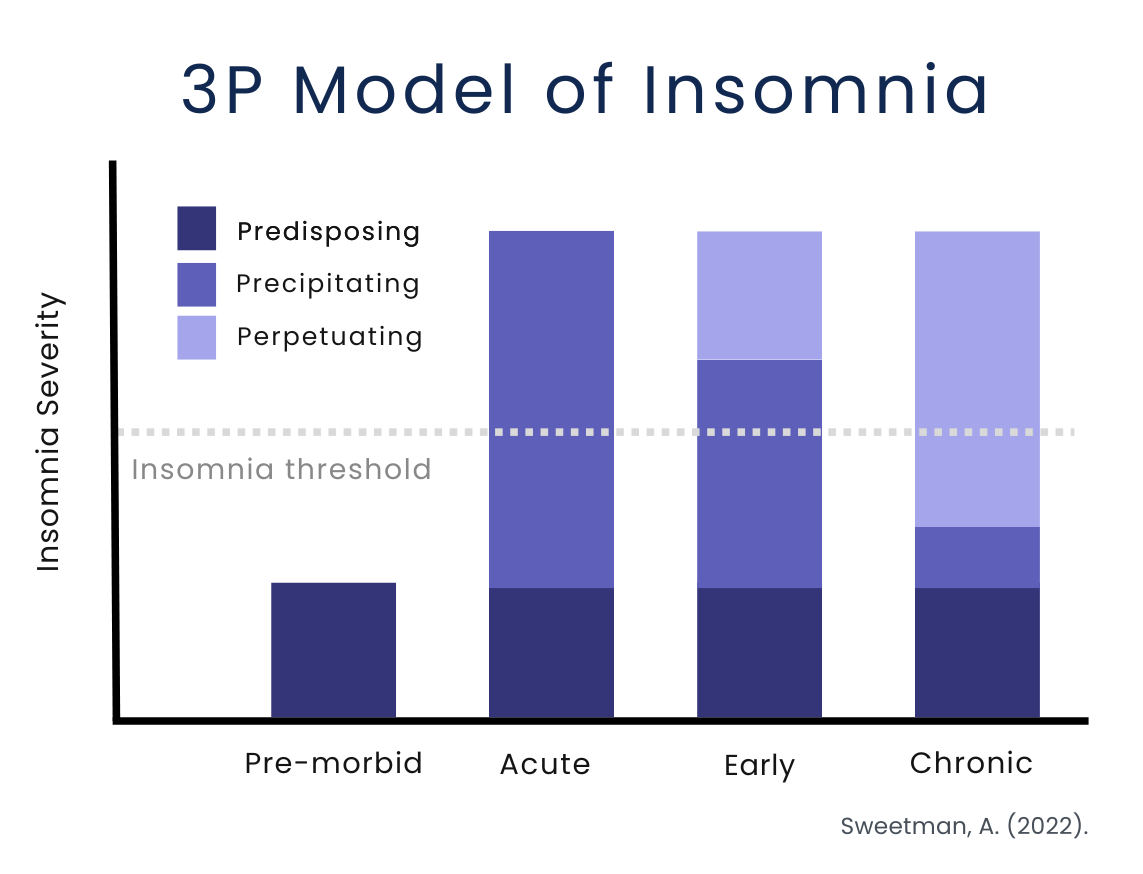
Sleep Primary Care Resources. (n.d.). Risk Factors and Development of Insomnia [Graphic].Sleep Primary Care Resources. Retrieved December 20, 2024, from https://www.sleepprimarycareresources.org.au/insomnia/risk-factors-and-development.

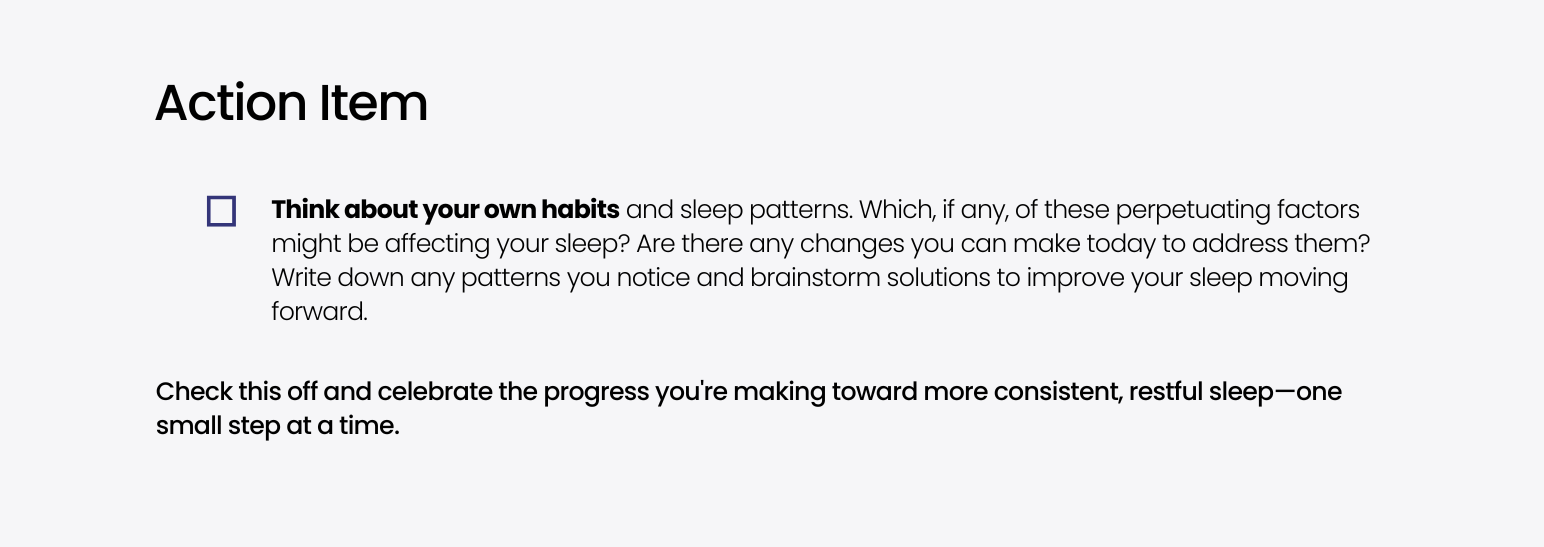

THE DOCTORS BRAND™
America’s leading clinically proven nutraceutical brand for better sleep, less anxiety and less pain
*These statements have not been evaluated by the U.S. Food and Drug Administration. Our product is not intended to cure or treat any disease.
MDbiowellness
Contact us
(805) 977-5709
M-F 9am-5pm PT
hello@MDbiowellness.com
© 2023 MDbiowellness